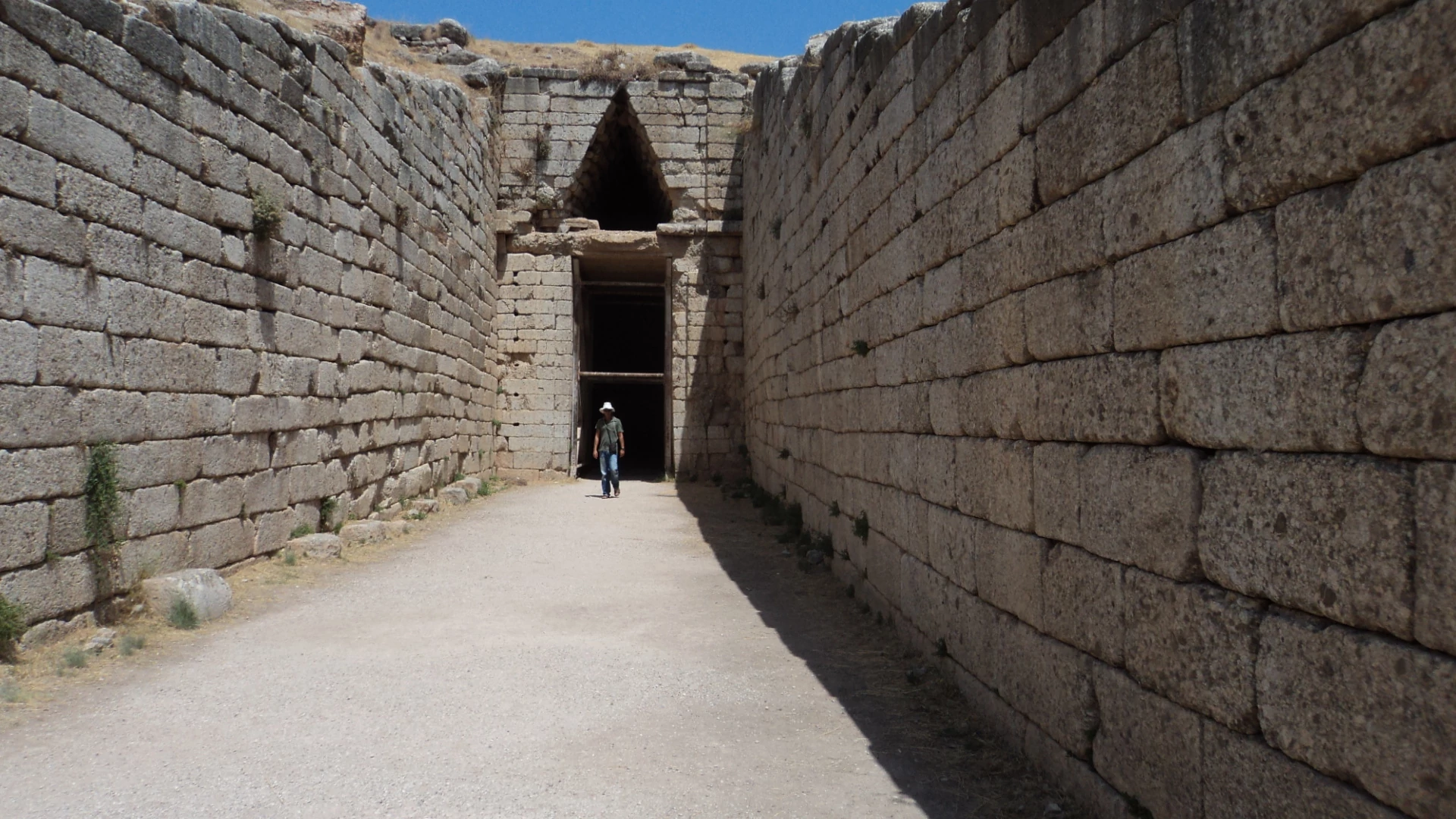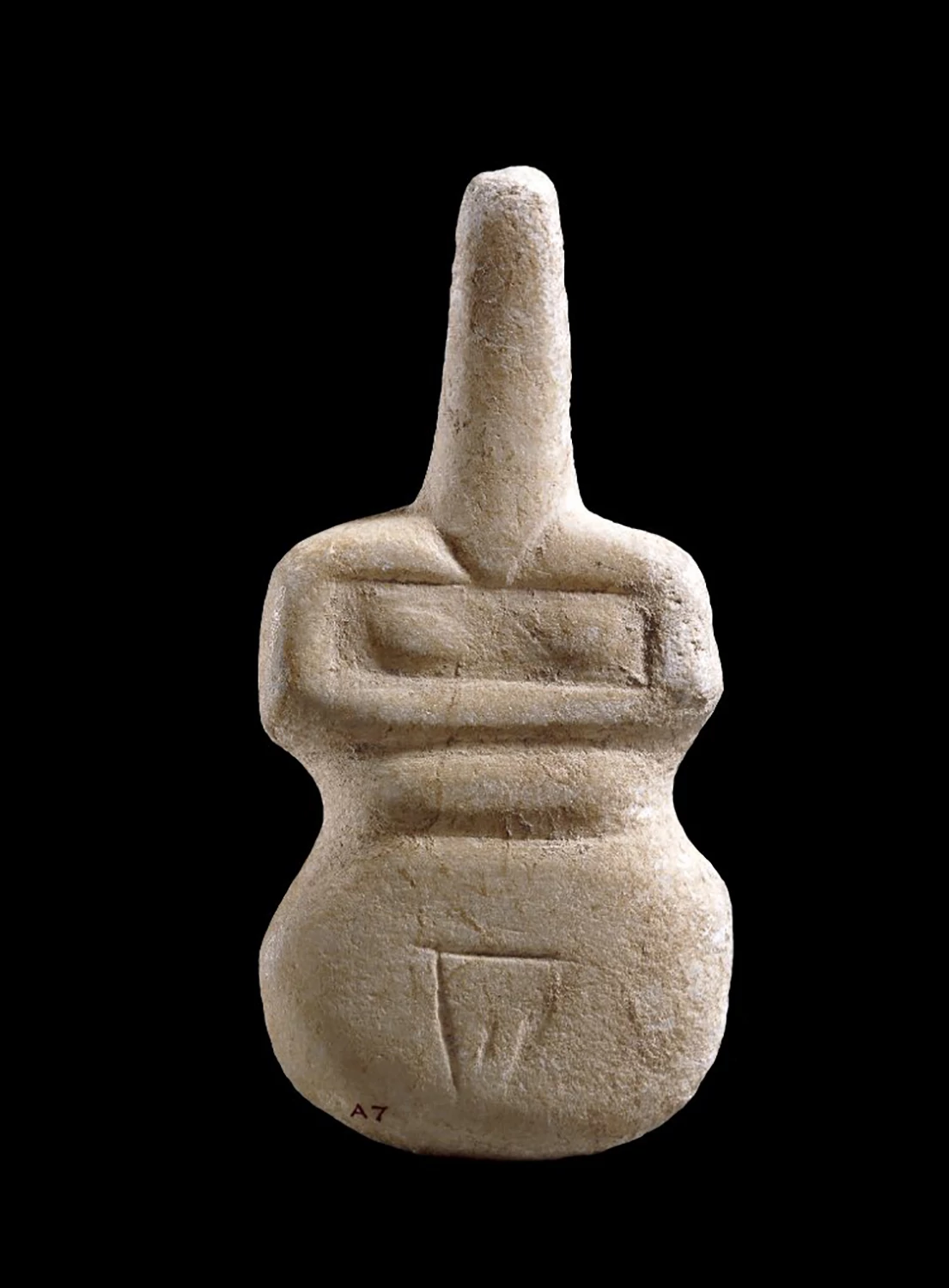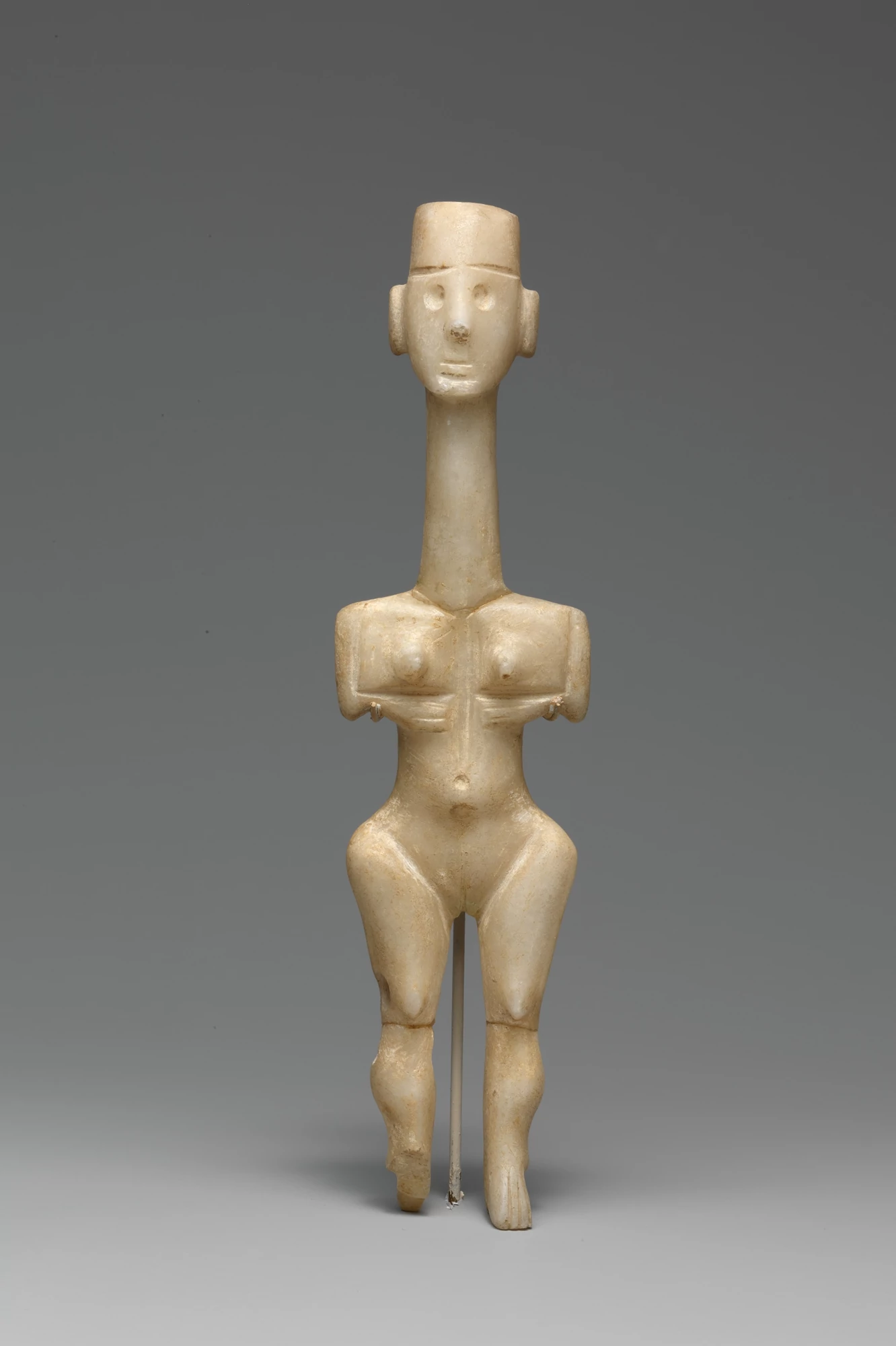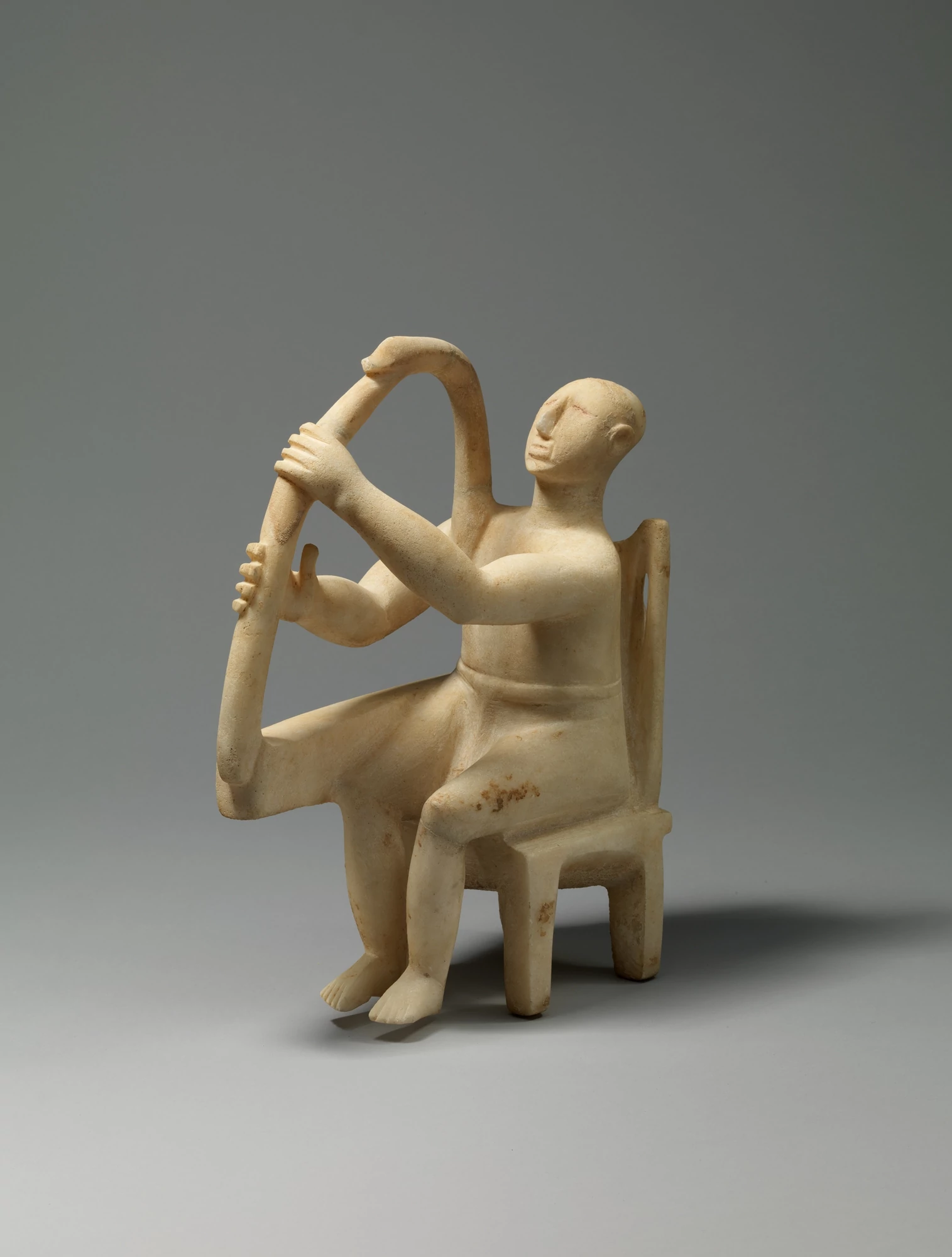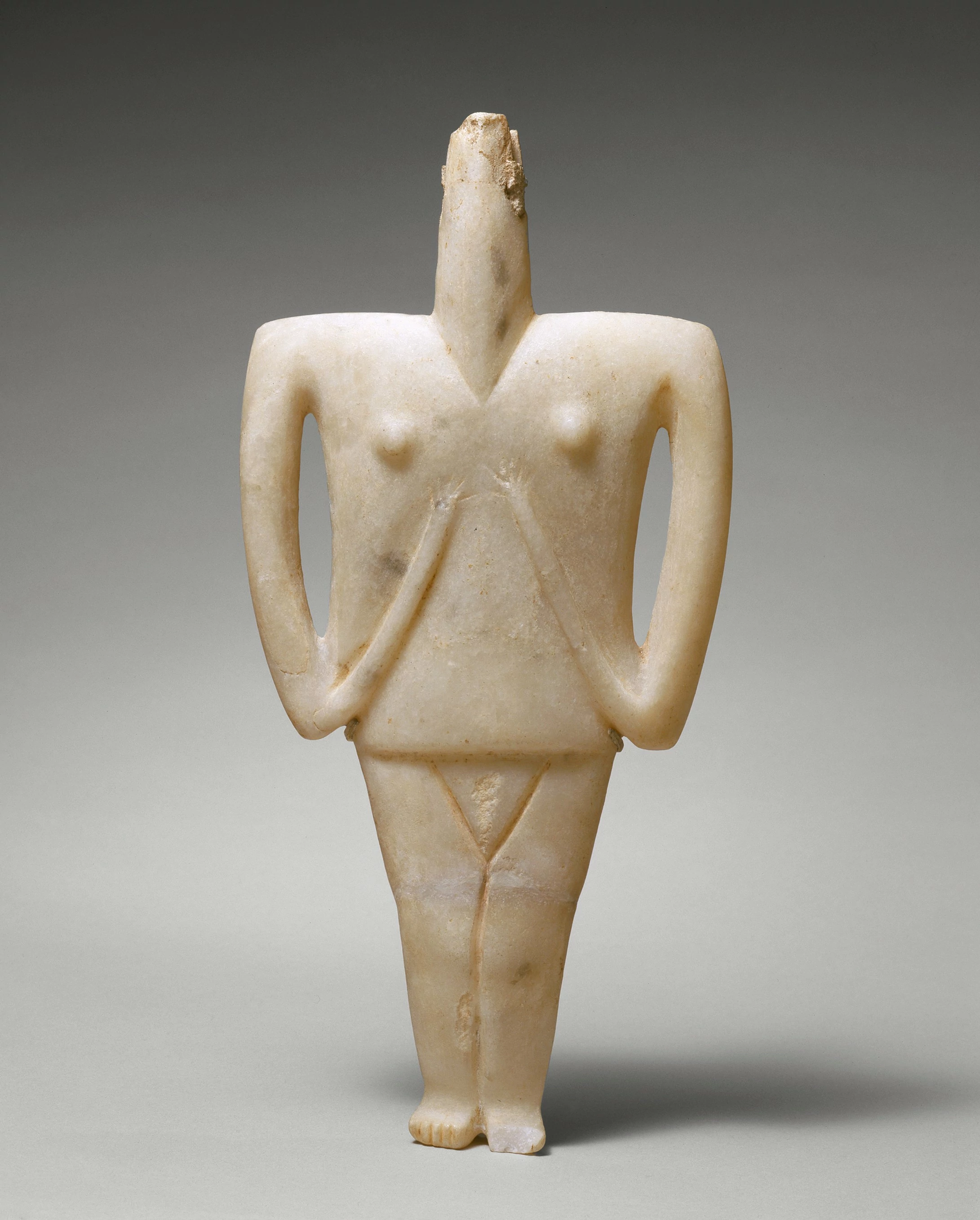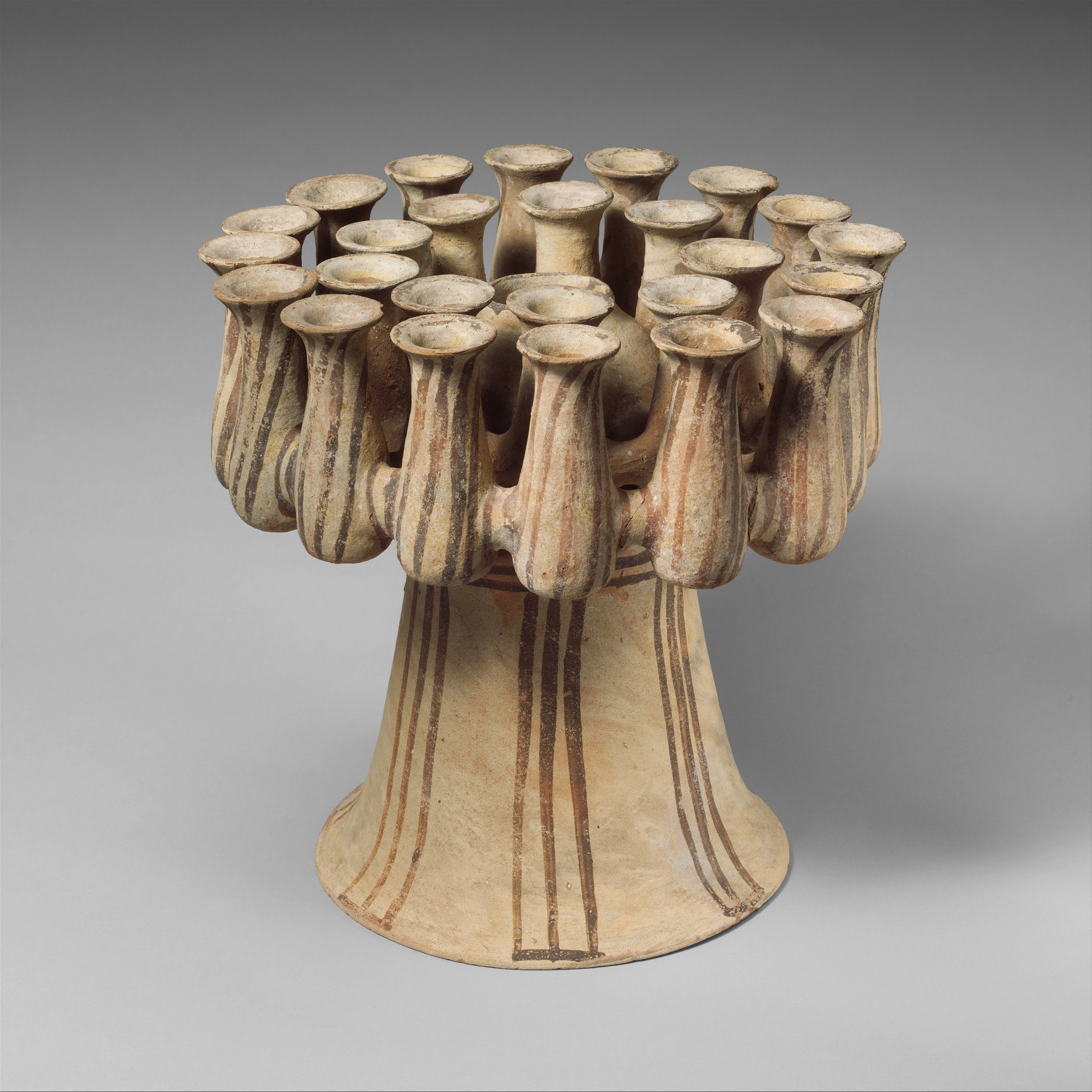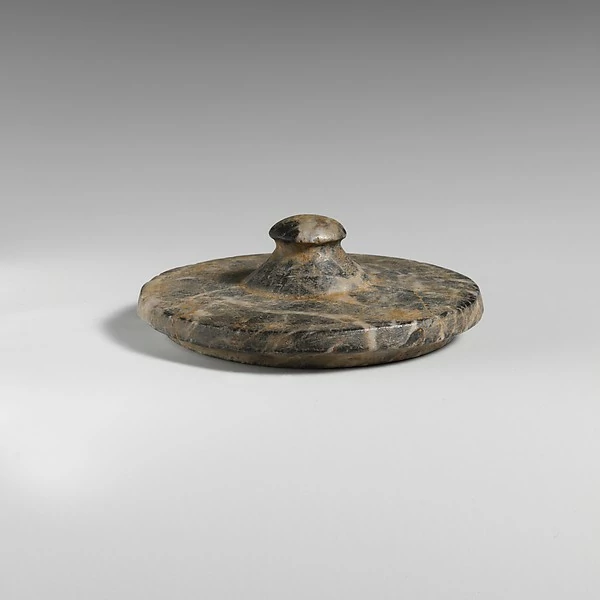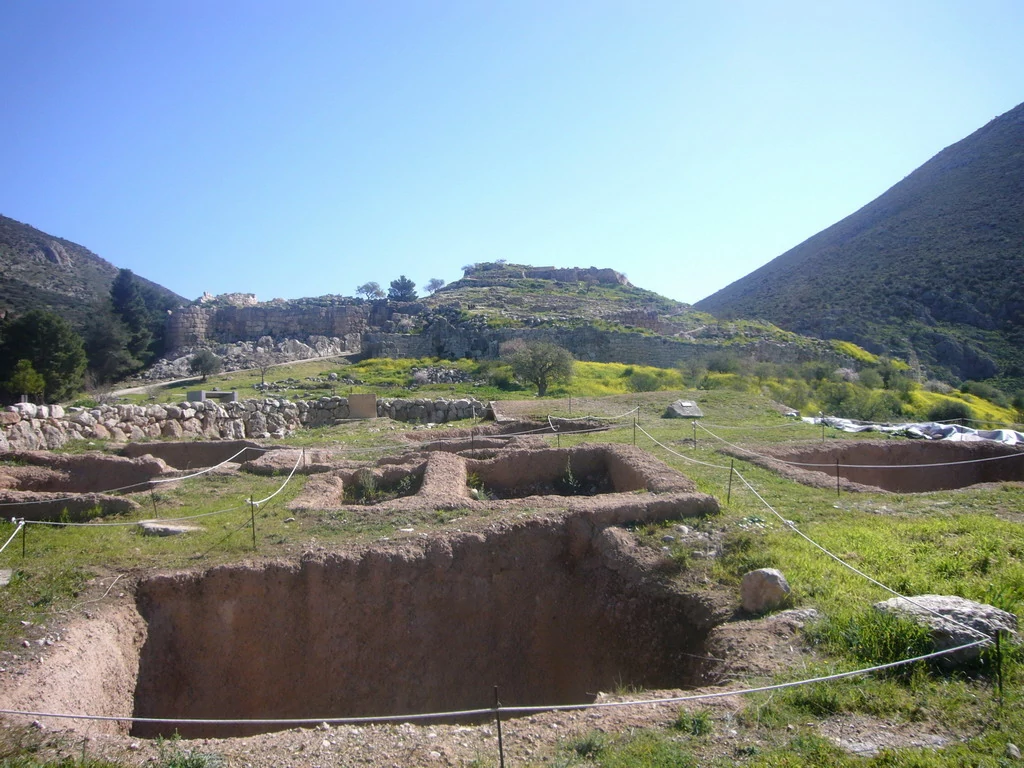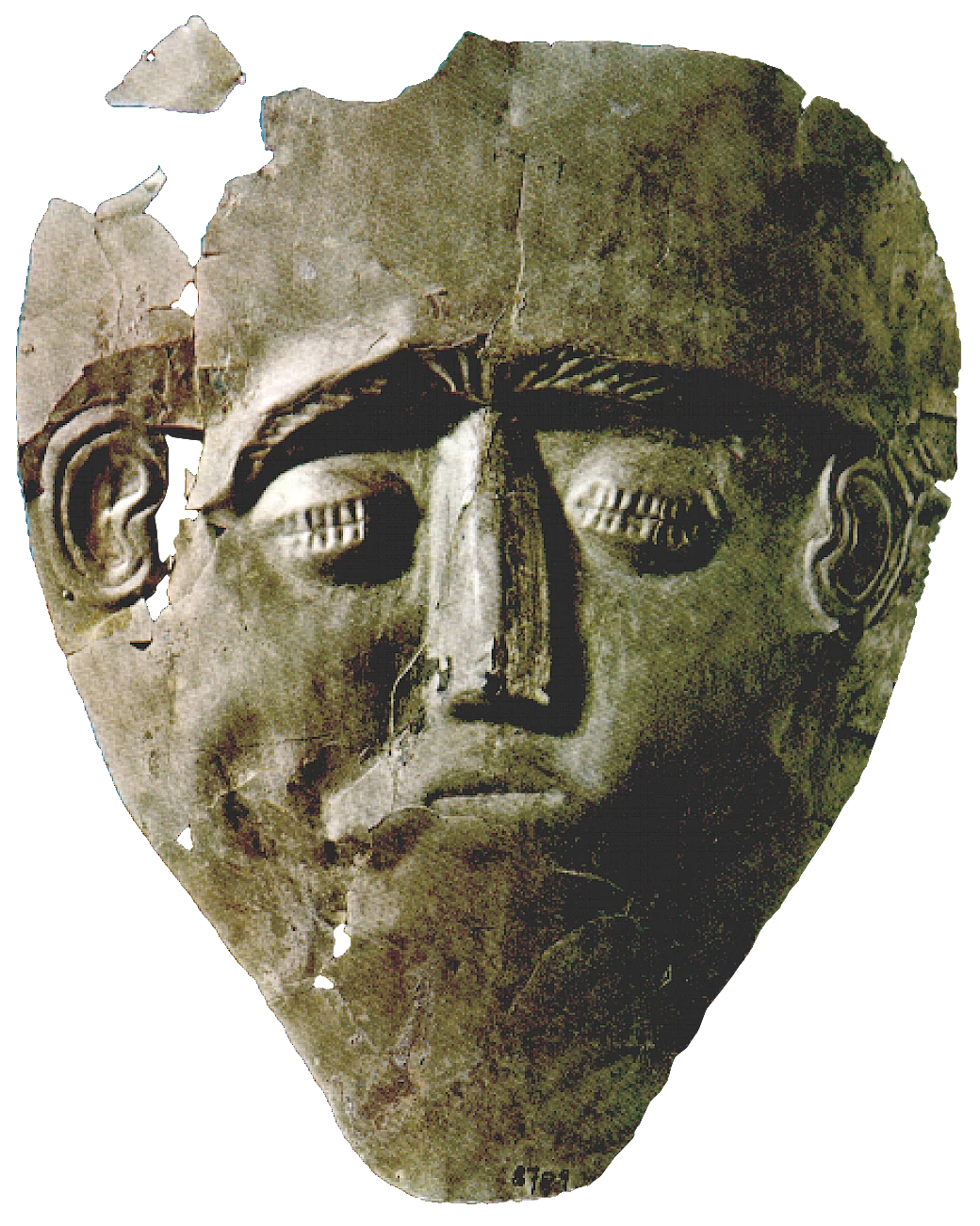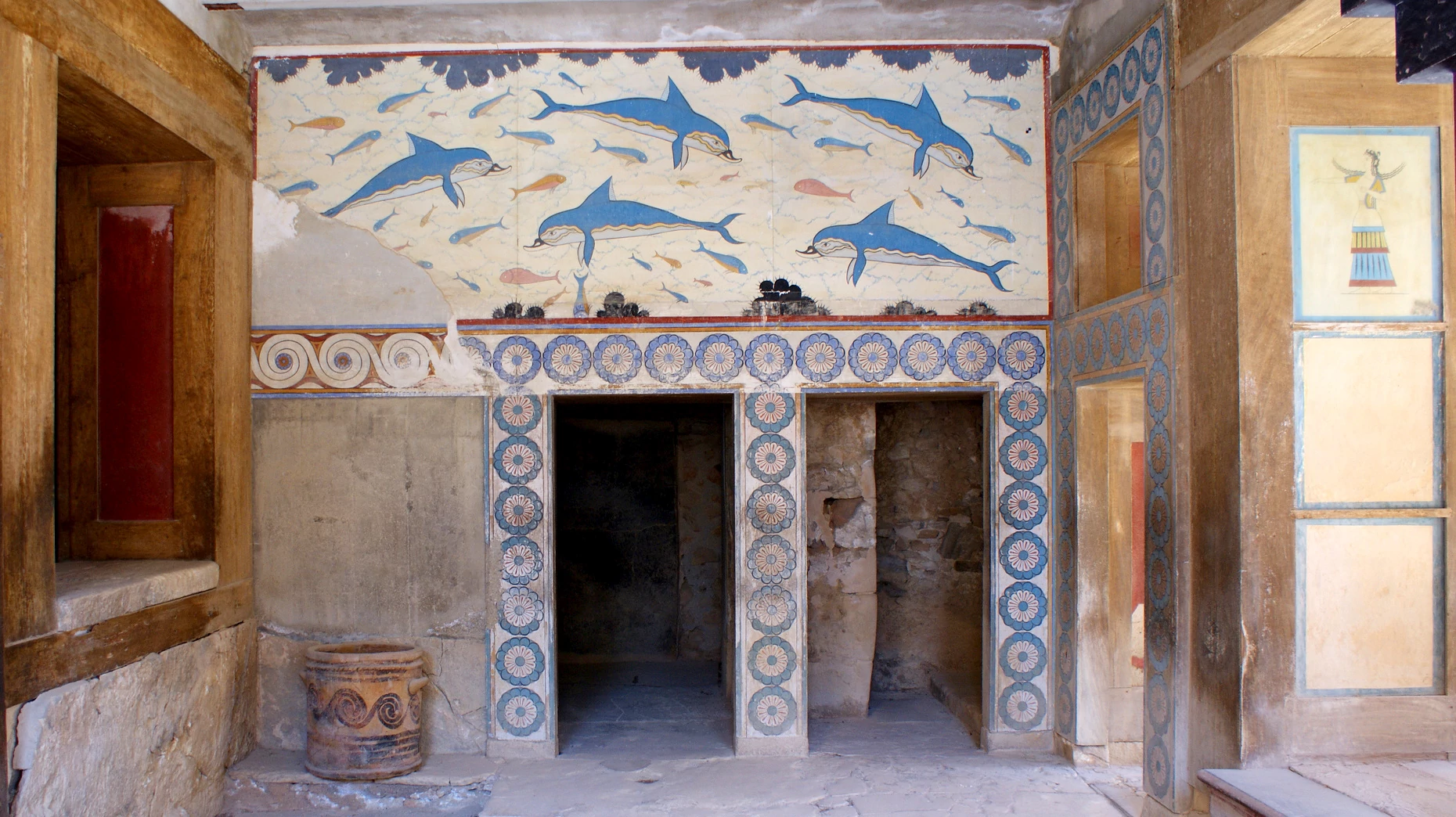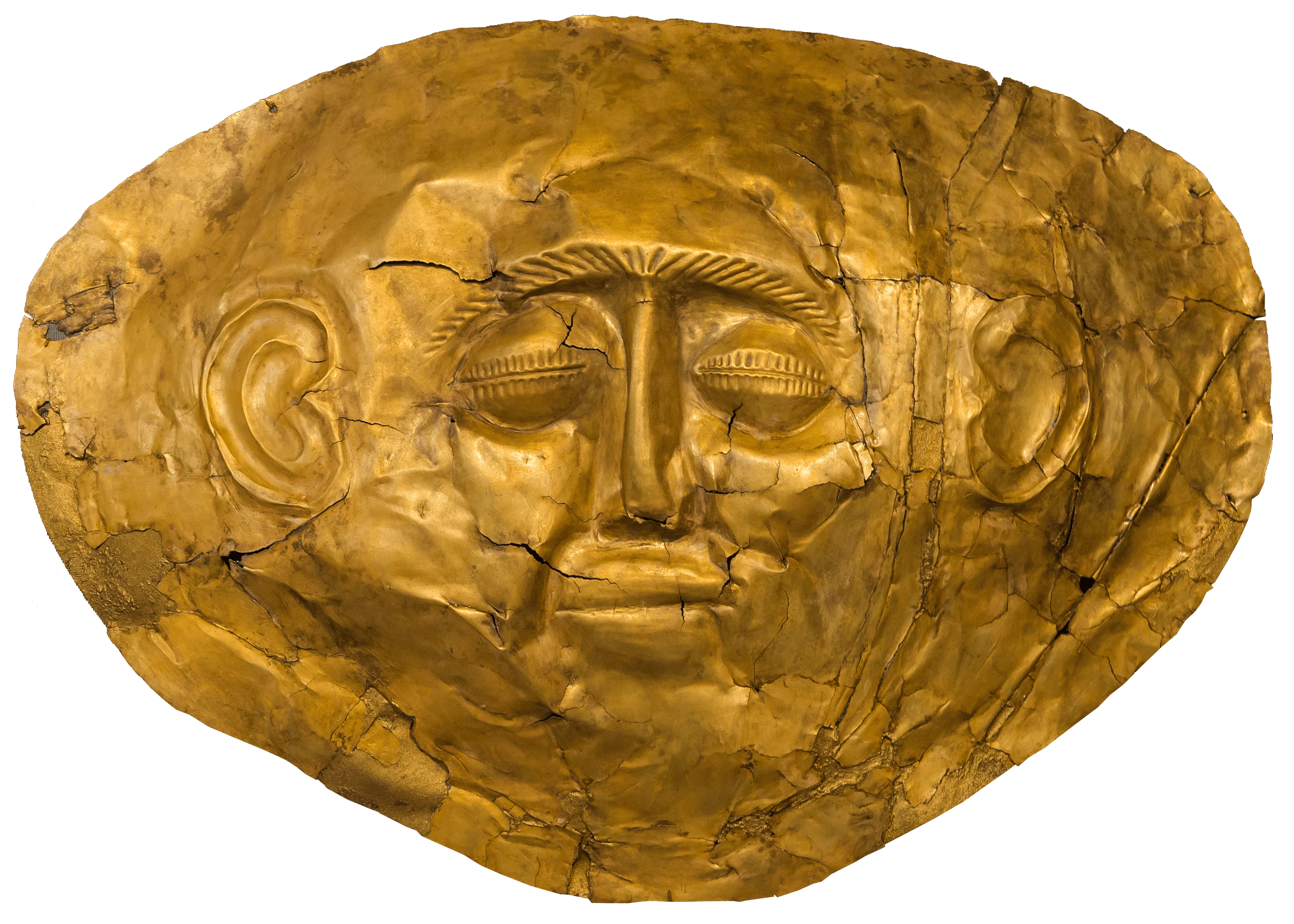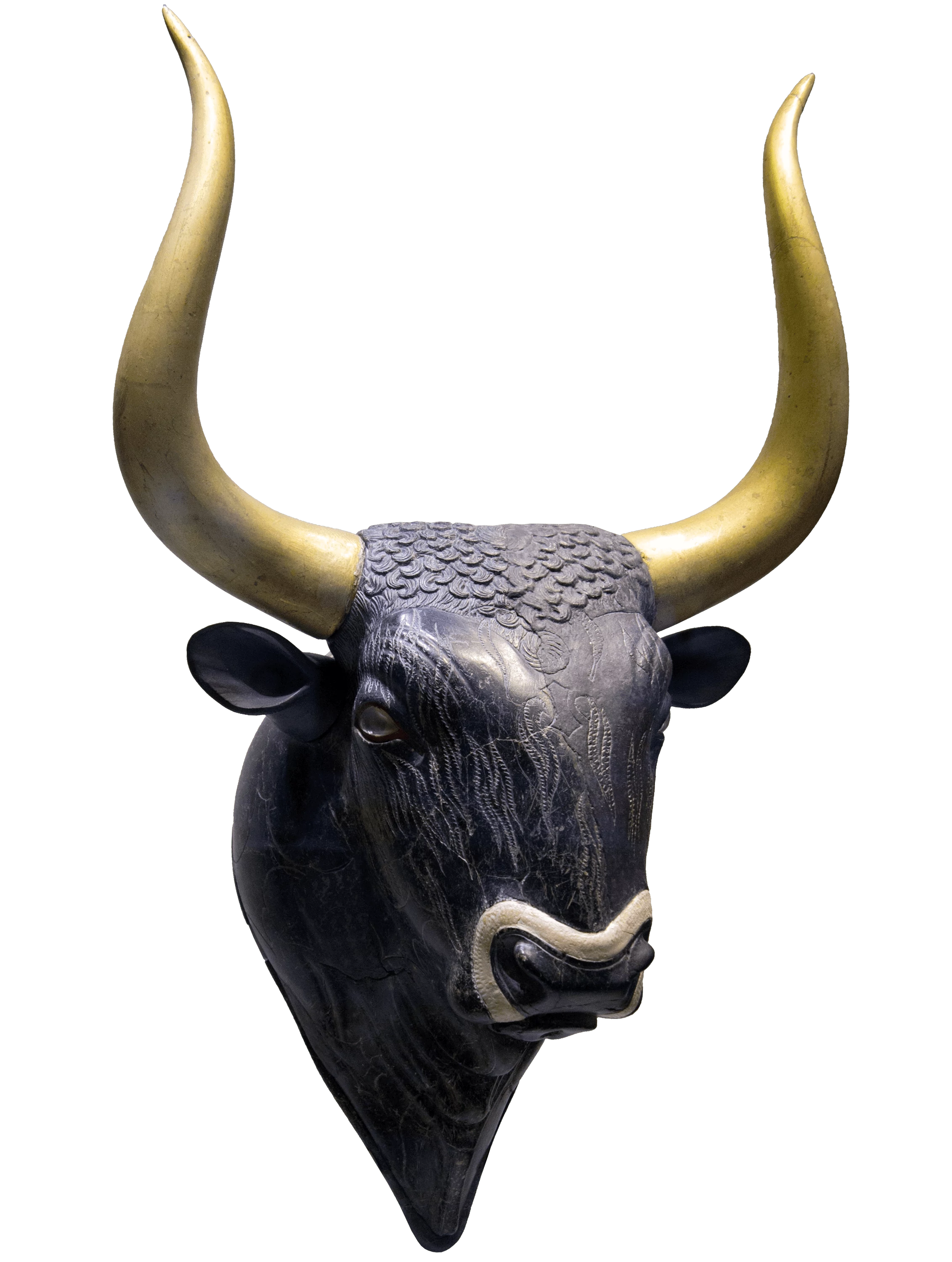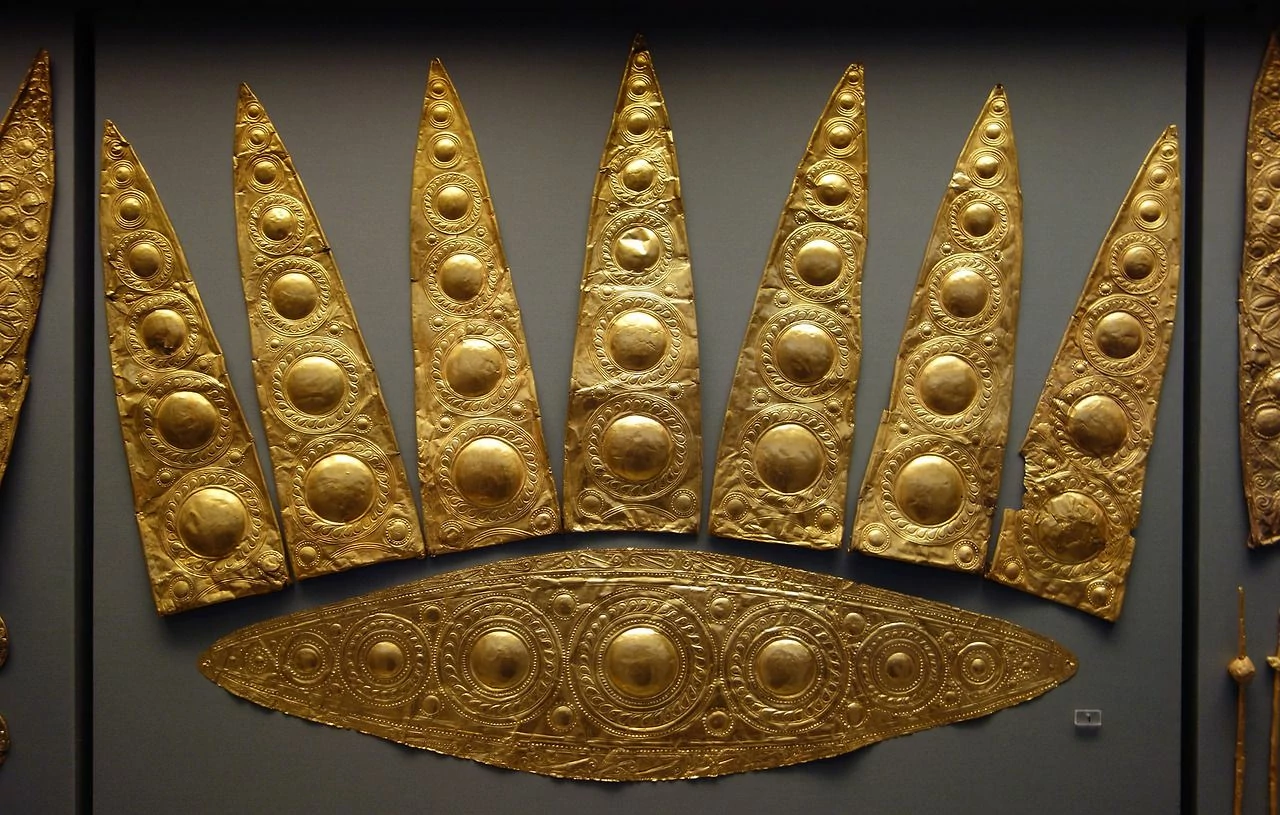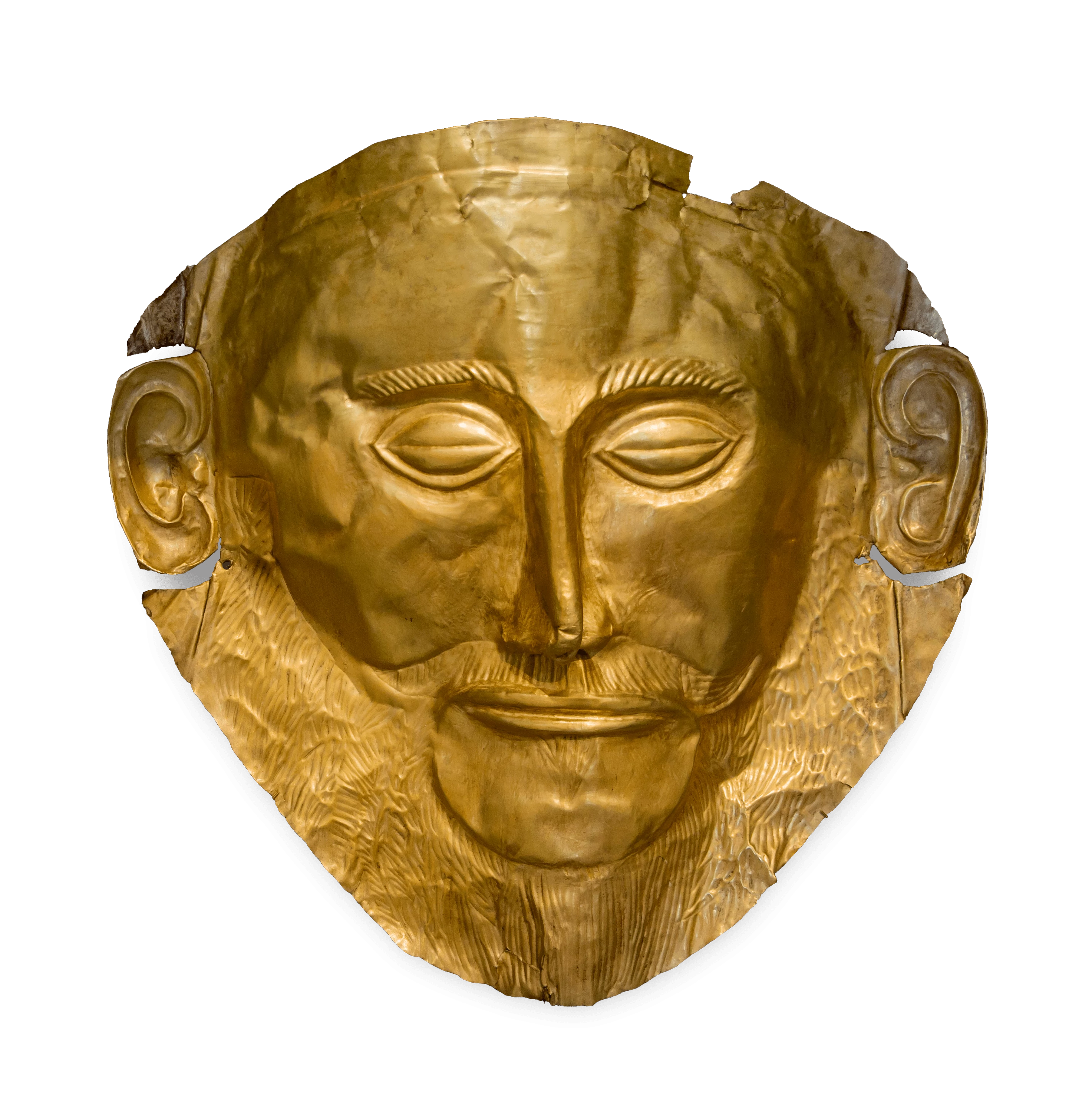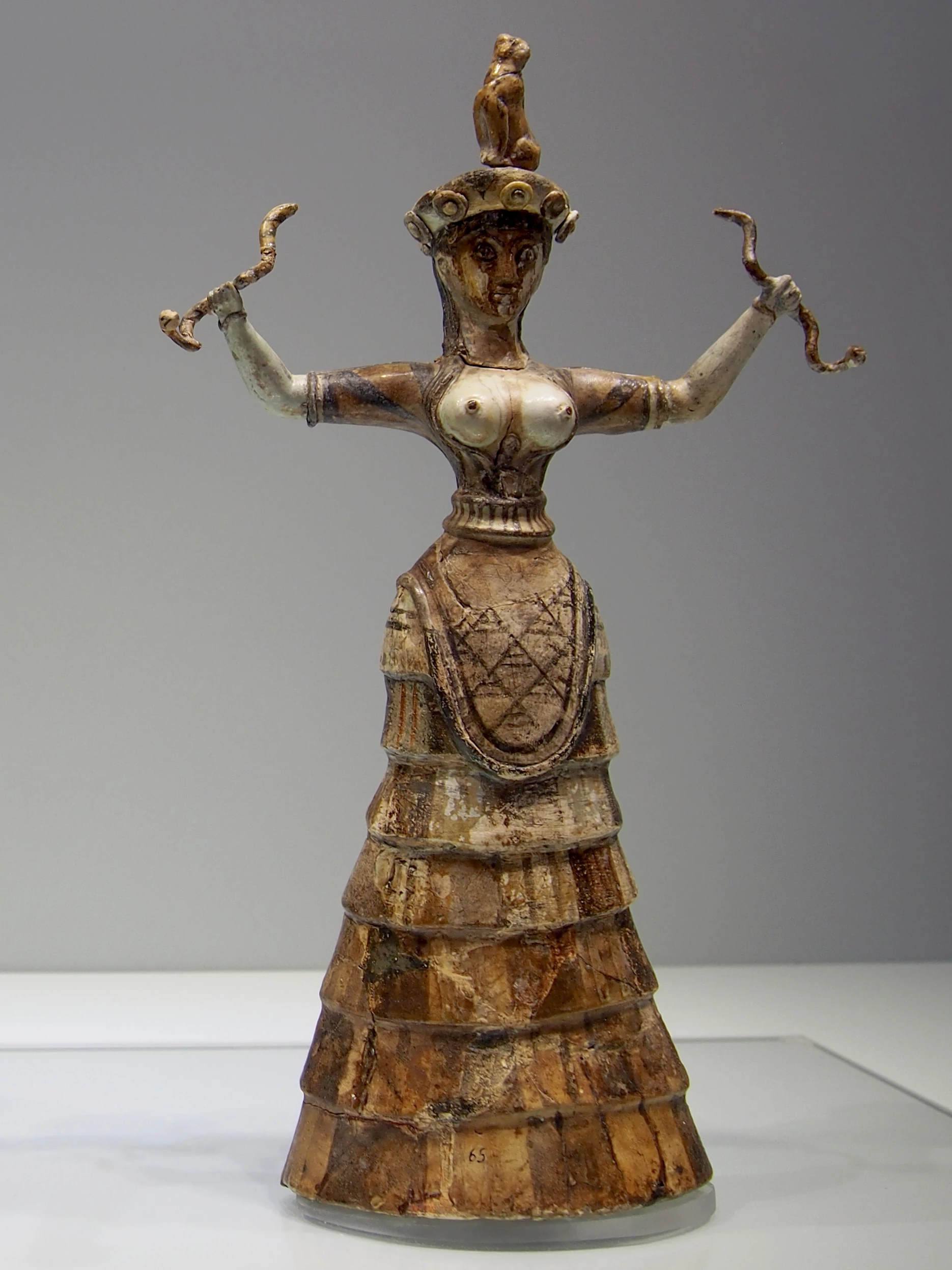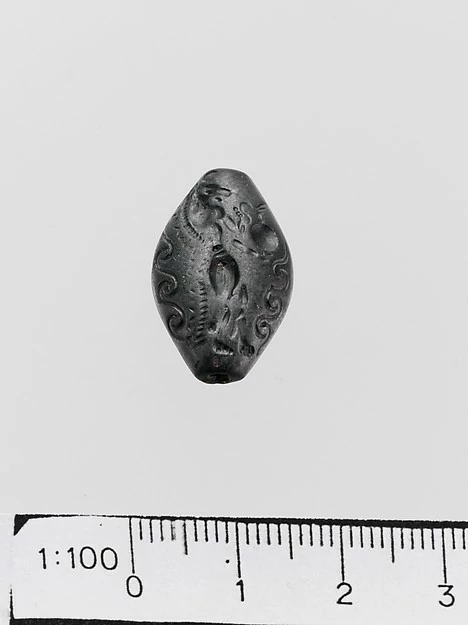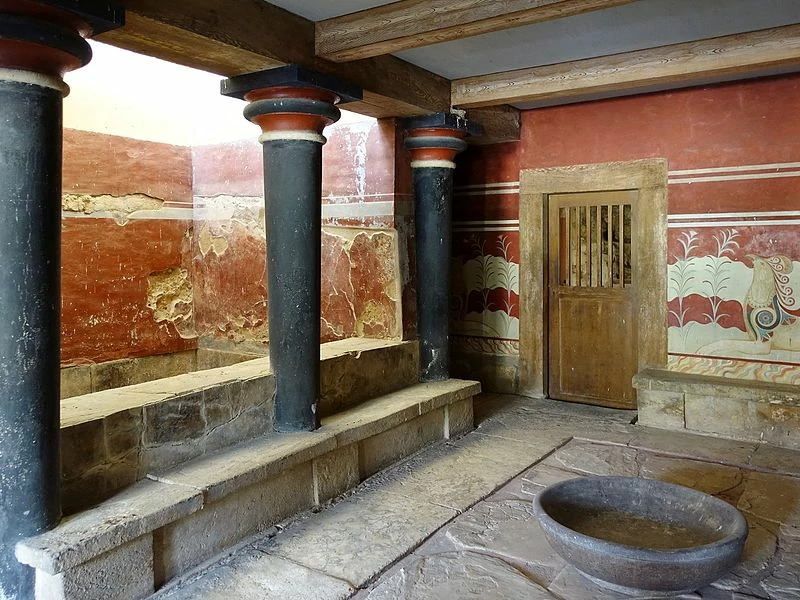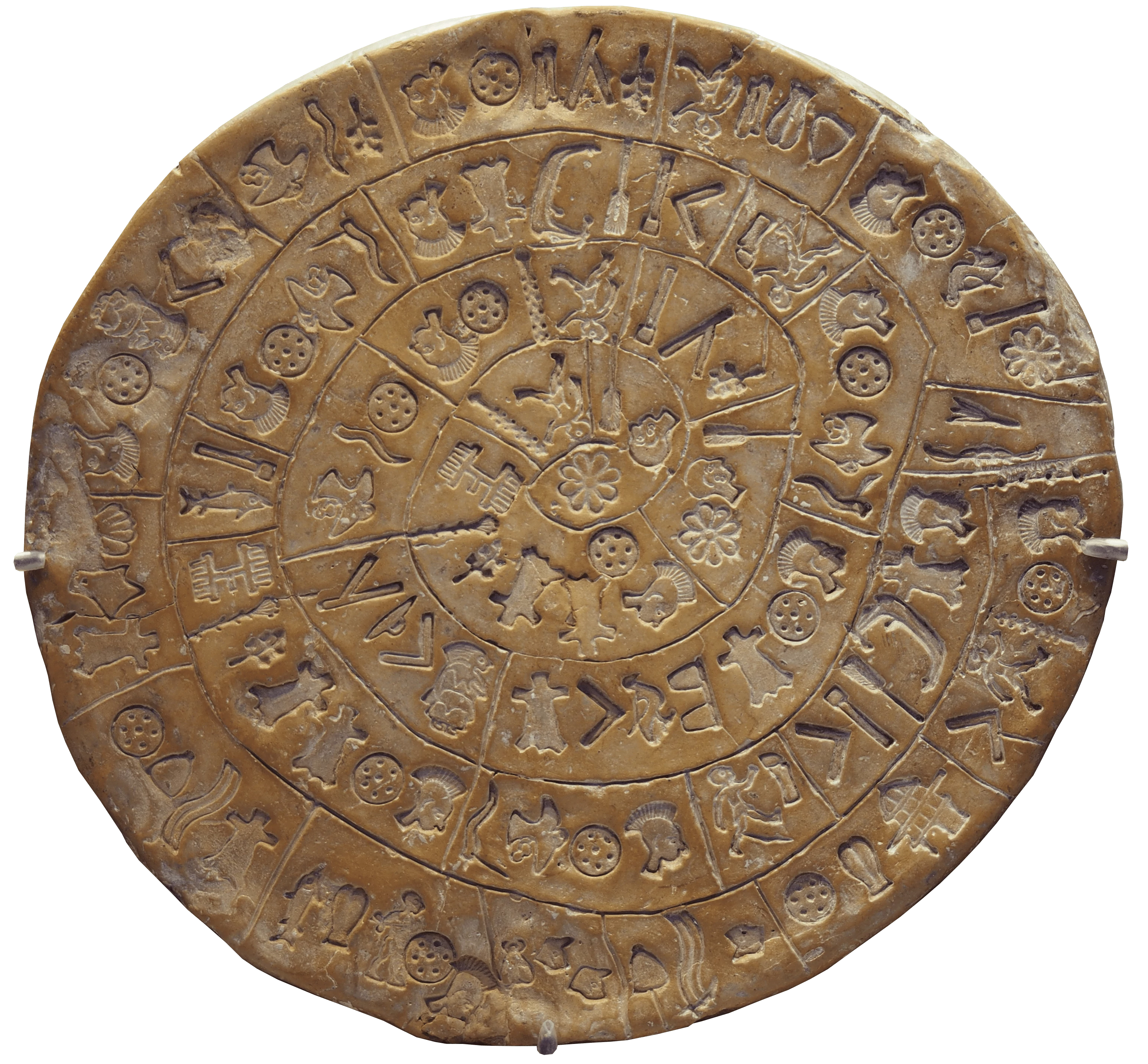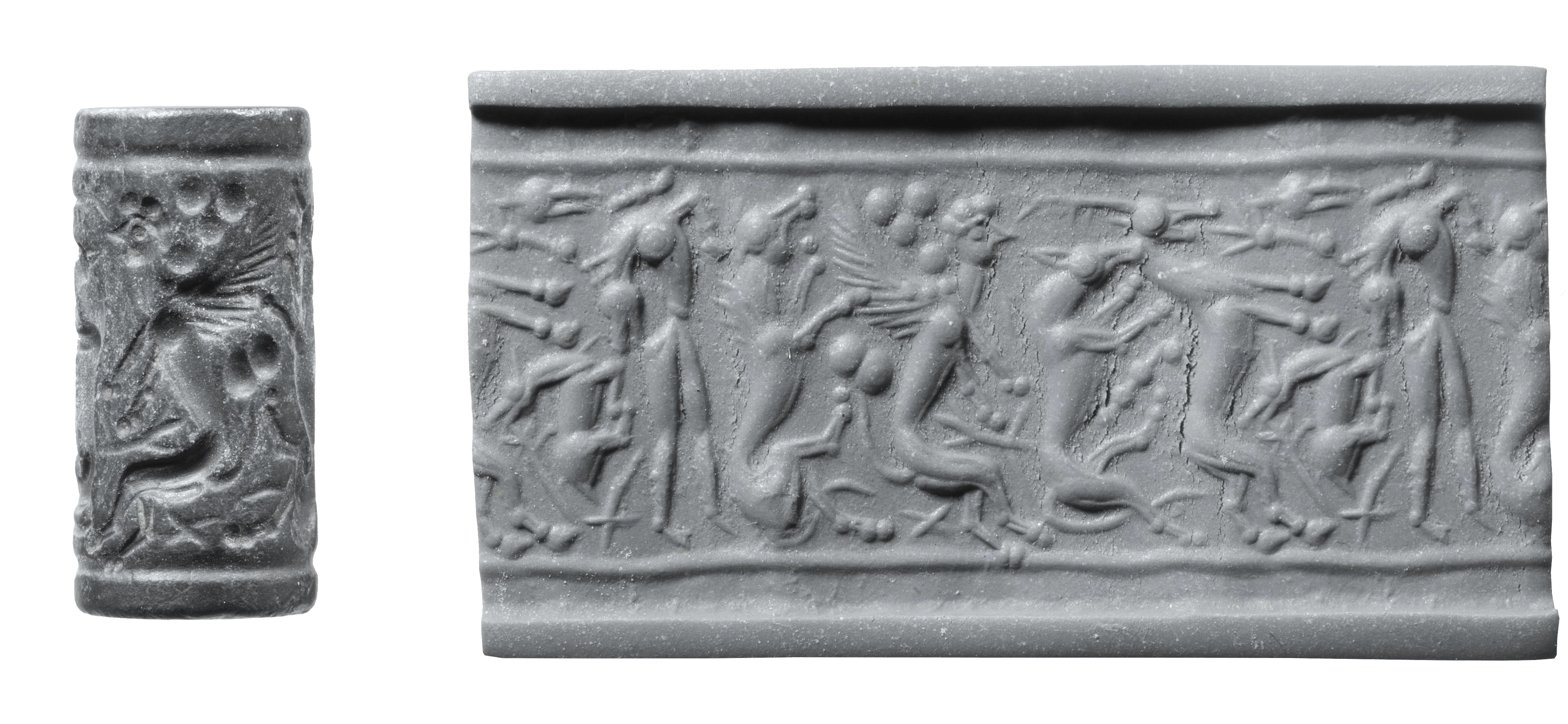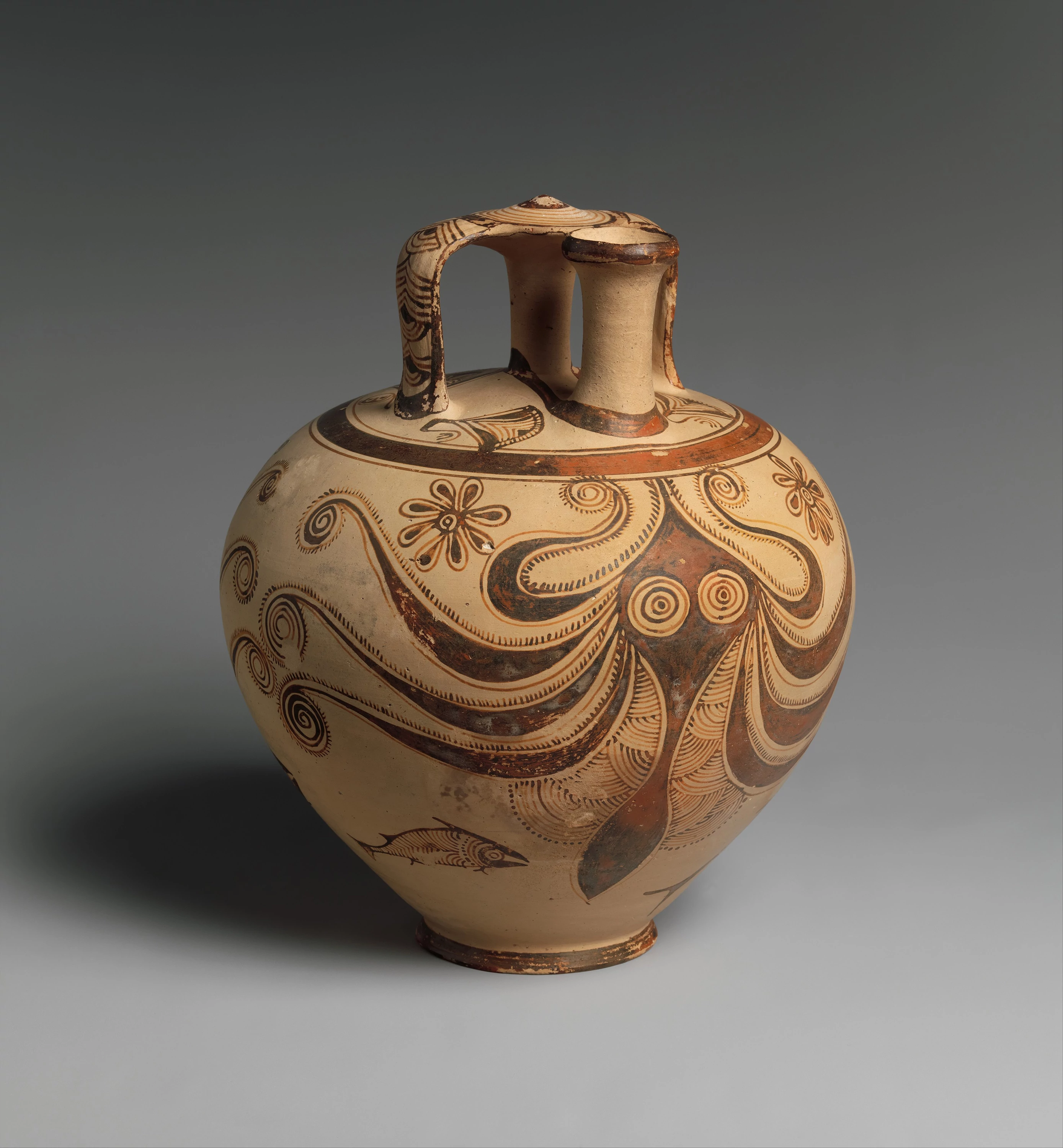Aegean Civilizations
The lost faces of the ancient world
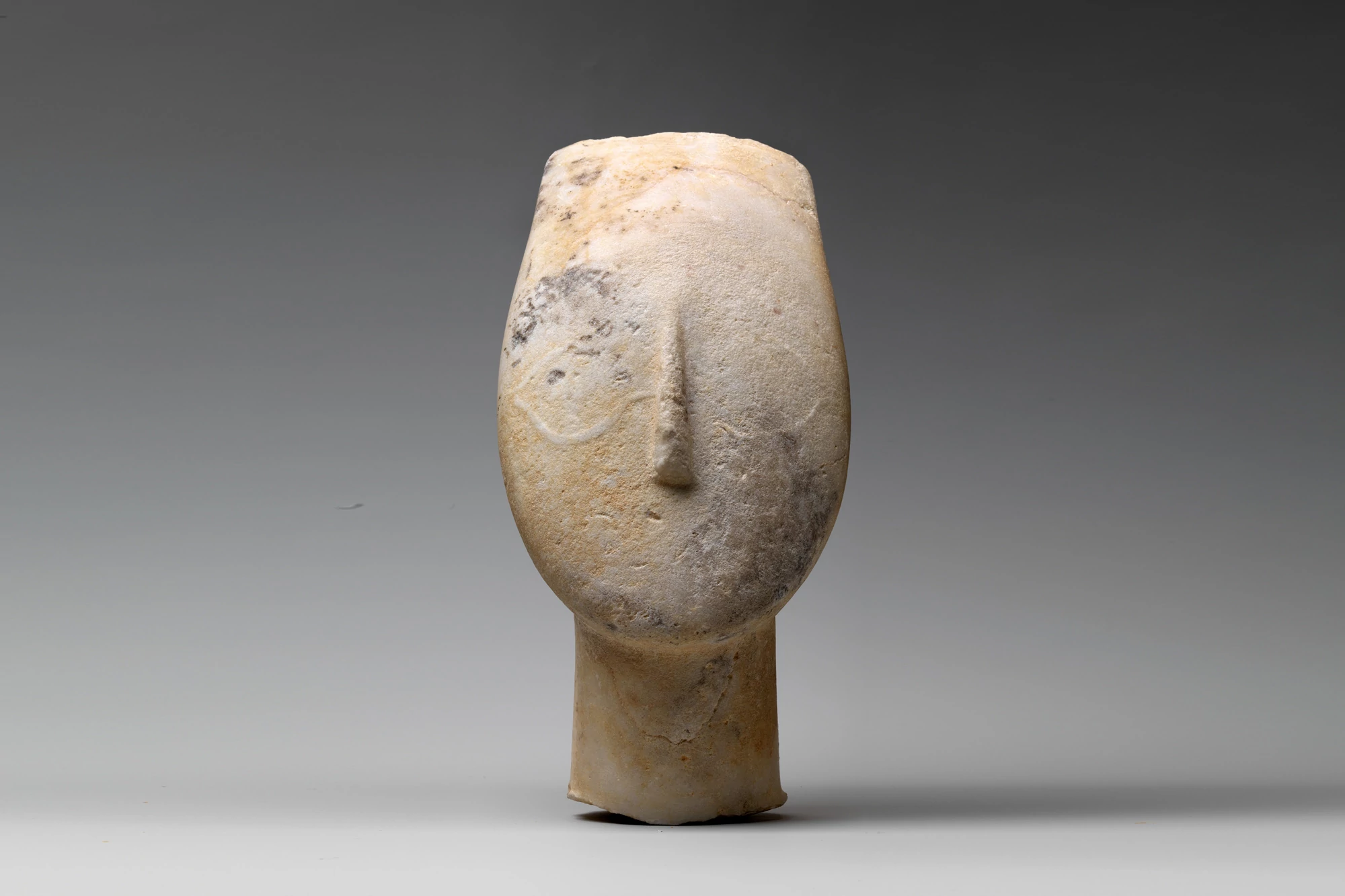

When talking ancient history, Egypt gets all the love—but they weren’t the only game in town. From 3000 to 1200 BCE, the Cycladic, Minoan and Mycenaean civilizations developed on the coasts of the Aegean Sea.
We know little of these cultures outside of a few major excavations in the Peloponnese Peninsula, Knossos on the island of Crete, and in the volcanic ash that buried much of the island of Santorini. The homes and palaces discovered show a society centered around commerce. Large palaces were home to the ruling class, and served as storage houses for agricultural produce. The sprawling palaces of Crete at Knossos, Mallia, Phaistos and Zakros distinguish themselves from the Mesopotamian cities by their lack of defensive walls, and their vibrant decorations and frescos. The Minoan cultures used a language called Linear A, though linguists have so far been unable to translate it, its use on cylinder seals and clay vessel seals often resembles receipts for transactions and labels of ownership. The later Mycenaean cultures wrote with a system known now as Linear B, a variant of early Greek.
The art of the Aegean cultures is a glimpse into their vibrant world of seafaring trade, snake wielding goddesses & boxing children. Many of the stories told in Greek mythology, like Theseus and his minotaur, or the Trojan horse and the fall of Troy, originated in the tangled walls of King Minos’s labyrinthine palace & frescos of women dancing with the bulls.

